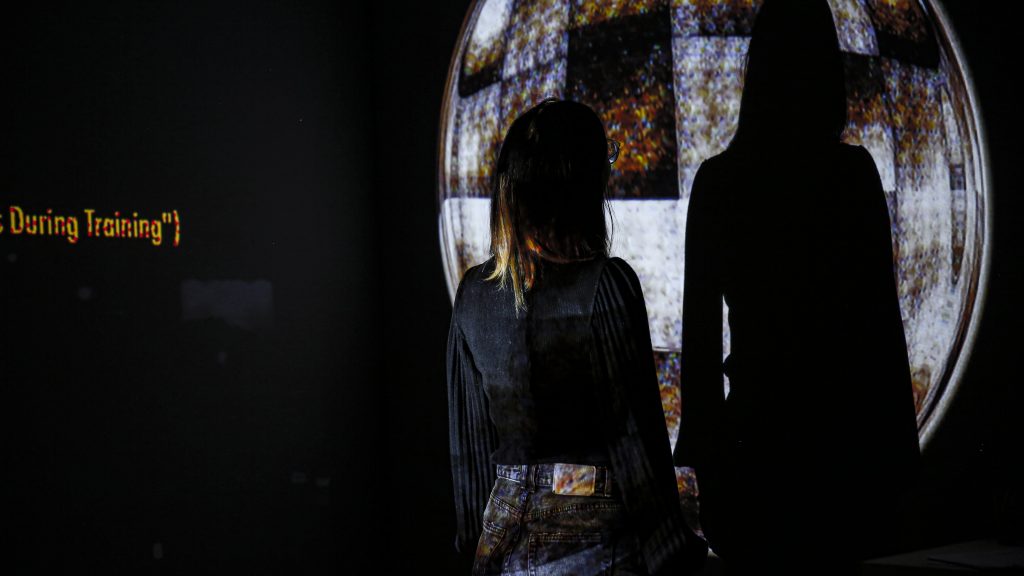
项目概述
此作品将人工智能算法拟人化为KAIA,对其输入数据,上传数据,通过GAN算法分别输出不同的由“人工智能KAIA”制作的太阳影像,旨在探索人类情感能否影响时空关系中的processual,作品同时涵盖强烈的Object-Oriented Idealist学说呼吁。
最终呈现媒介灵感来源于JosephKousth的观念艺术作品“One and three chairs”,将三个类型的太阳数据(人造太阳相关机械图片数据库,自然太阳摄影图片数据库和绘画图片数据库)进行收集,使其分别对应三个理论即:“科学的桌子”,“自然的桌子”和“艺术的桌子”三个部分。将KAIA的算法类比为无情感化的程式化社会状态,通过研究不同类型数据在环境中的融合及生成来引发观众的思辨。
为了让作品与观众的联结更强烈,作品设定了最后一步流程,即咋观众体验完作品后,可留下一张带有自己情感的太阳手绘画面,让主作品的视觉能够根据观众数量的增多而不断迭代,探索视觉语言的更多可能性。
Context
The artificial intelligence in this project is called KAIA, which can produce different images of the sun with the input of data through the GAN algorithm. The project echoes Object-Oriented Idealism and explores whether human emotions can influence processual relationships in space-time.
The presentation of this project is inspired by Joseph Kosuth’s conceptual artwork ‘one and three chairs’. It collects three databases of the sun, namely the database of mechanical images related to the artificial sun, the database of photographic images of the natural sun, and the database of images of paintings, to correspond to the three theoretical components, namely the scientific table, the natural table, and the artistic table. The KAIA algorithm is likened to an unemotional programmatic social state, which provokes the viewer’s discernment by investigating the integration and generation of different types of data in the environment.
The final step is that the viewer can leave a hand-drawn picture of the sun after experiencing the project to make their connection with the project stronger. The continuous addition of these emotion-laden pictures allows the vision of the project to iterate, exploring more possibilities of visual language.
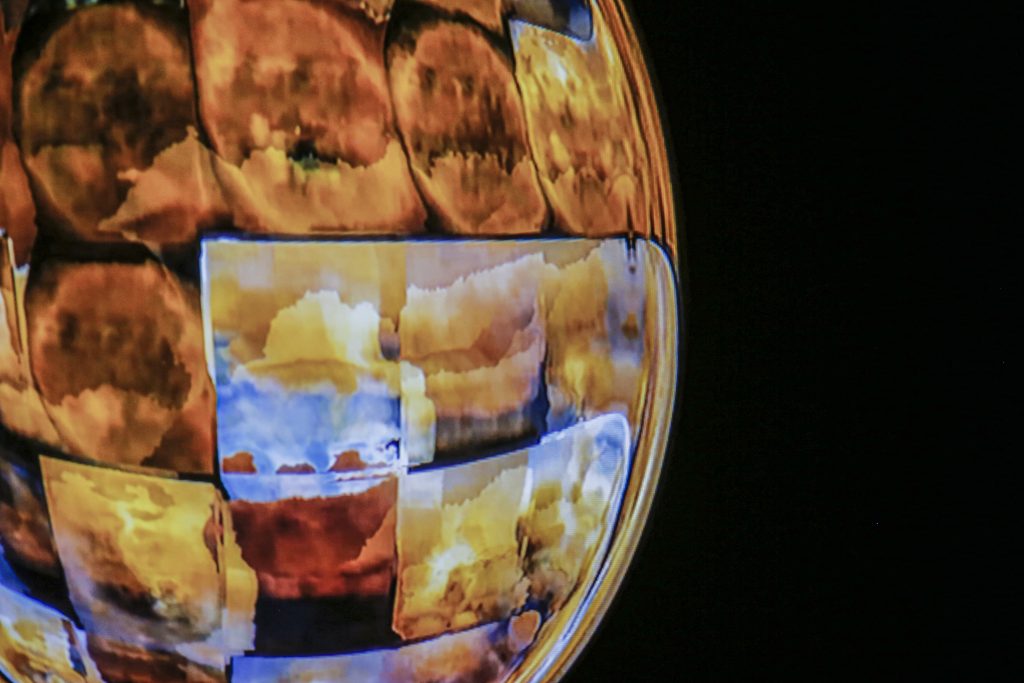
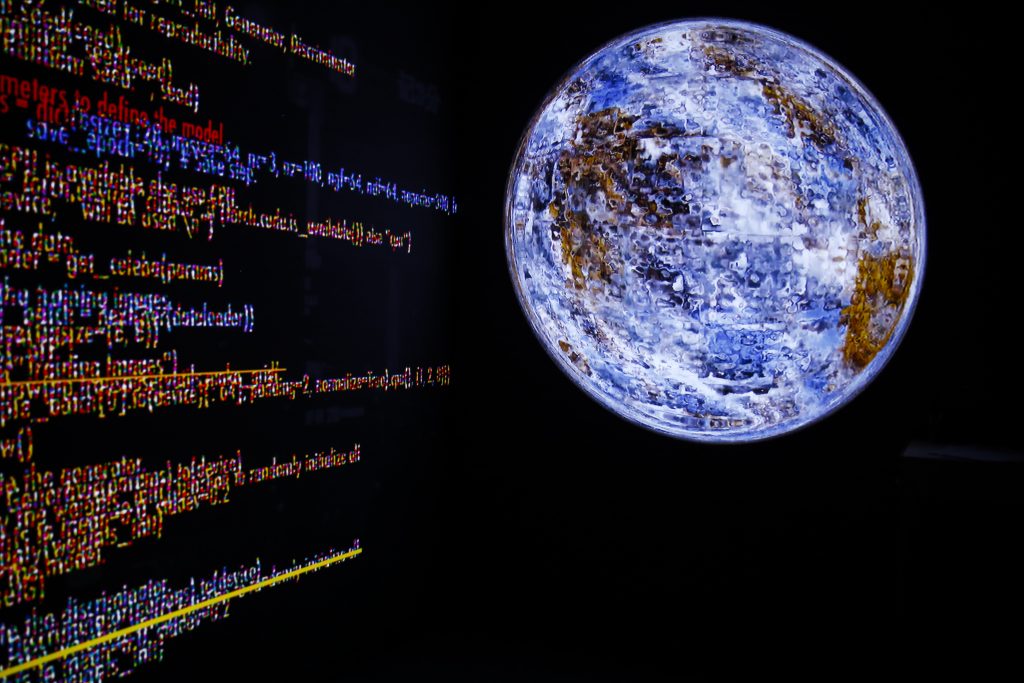
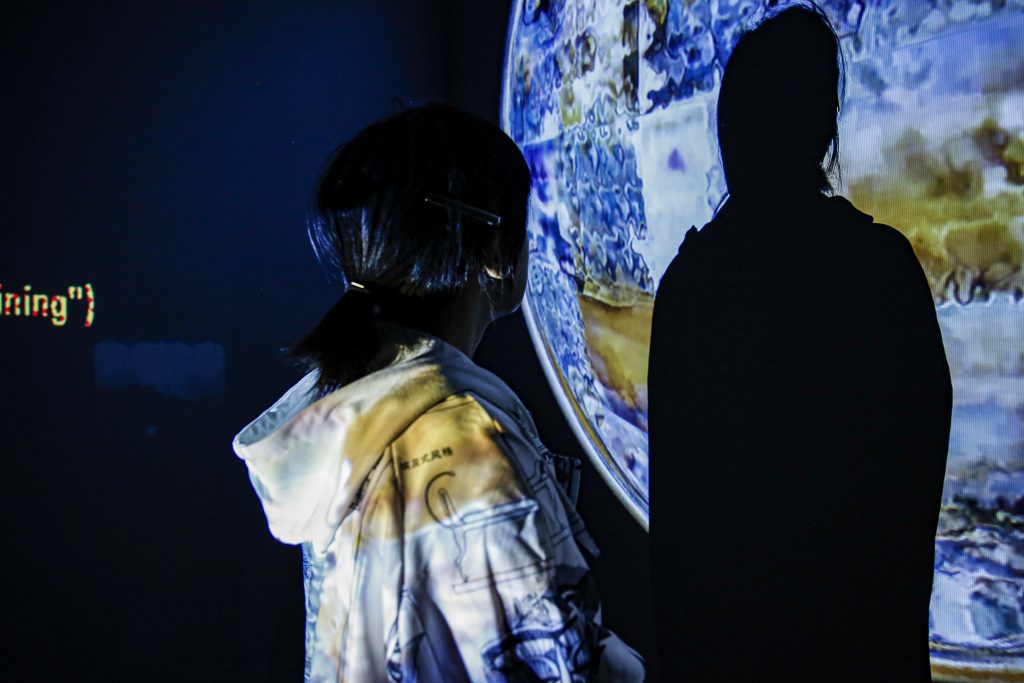
Exhibition:2022, FOREVERMORE,FOREVERLESS, <KAIA>,london
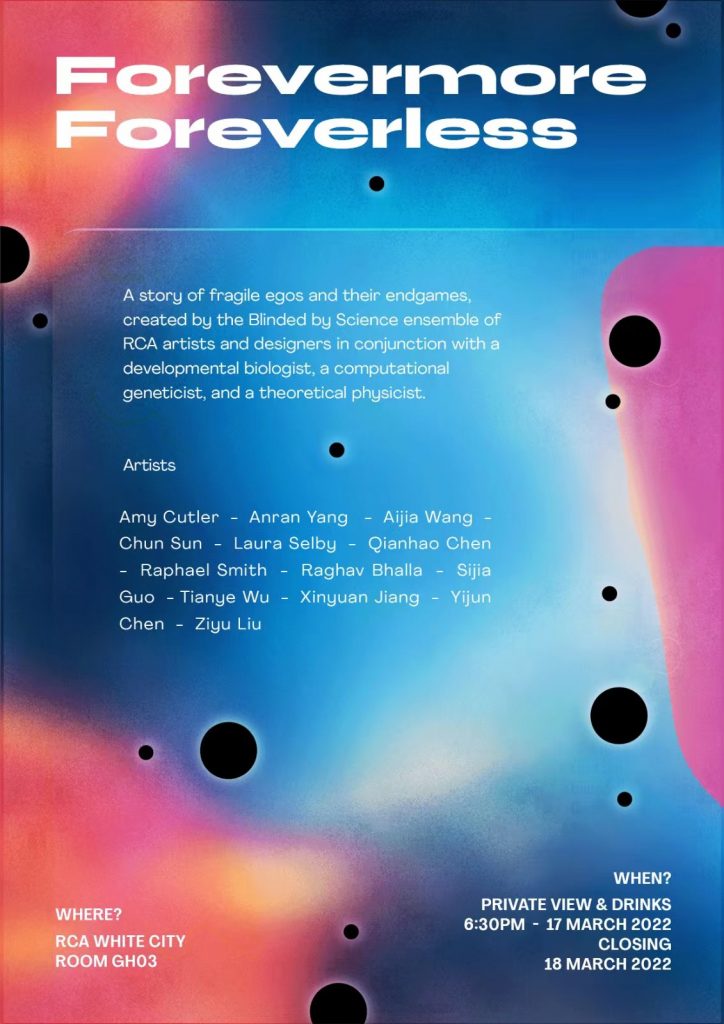
Technique Support:Tang